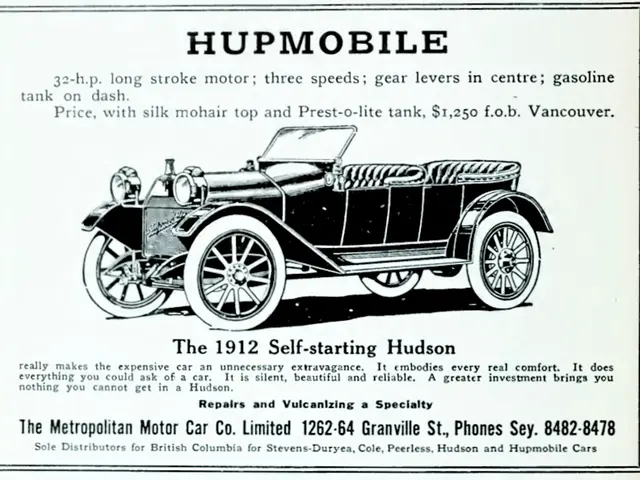Car prices are escalating at a higher rate than wage growth
In Germany, the affordability of new cars has deteriorated over the past five years due to an accelerated rise in vehicle prices, not matched by equivalent growth in income, according to a joint study by Oliver Wyman and Jato Dynamics.
Between 2019 and 2024, the average German's annual net salary increased by approximately 24 percent, rising from around €26,100 to nearly €32,400. Simultaneously, the average price of a new car increased by more than 38 percent, increasing from approximately €30,200 to nearly €41,800. As a result, the relative affordability of new vehicles has decreased. While in 2019, an average German earned 1.16 times their annual income to purchase a new car, by 2024 this figure had surged to 1.29.
Several factors contribute to the reduction in car affordability. On one hand, post-pandemic supply chain issues, semiconductor shortages, consumer preferences for new technology and safety features, inflation, and inflation trends have all triggered higher production costs and increased vehicle prices. On the other hand, nominal wage increases have generally not kept pace with the rise in new vehicle prices, making cars relatively less affordable for the average consumer.
Moreover, economic and policy factors have also played a role in worsening car affordability. Challenges within the German manufacturing sector and policy pressures, such as carbon reduction targets and government incentives for electric vehicles, have contributed to supply constraints, supporting higher prices for vehicles.
Despite the higher prices, used vehicle markets have not experienced proportional growth. While used car prices have also increased, particularly for electric vehicles, they typically remain lower than those for new cars. However, even in the used car market, prices have become less affordable for lower-income buyers.
The study underscores the challenge that escalating new car prices present to middle- and lower-income families in Germany as they struggle to keep up with rising costs while income growth lags behind the prices. As policymakers and automakers consider measures to improve affordability, they must reconcile these competing factors to enable greater vehicle accessibility for a broad segment of the population.
- The Commission's proposal for a directive on the protection of workers from risks related to exposure to ionizing radiation might not have a direct link to the car industry, finance, transportation, lifestyle, automotive, or car-maintenance, as it focuses on health and safety regulations.
- Despite the rising prices of new cars, which might affect the car-maintenance and automotive industry, the finance sector could potentially benefit from increased car loans due to the prolonged loan periods people might opt for to purchase new cars.
- The transportation sector might experience shifts as a result of the decreasing affordability of cars, leading to increased use of public transportation, cycling, or walking, which could impact urban planning and infrastructure development.
- In the context of lifestyle choices, the unaffordability of cars might prompt consumers to reconsider their dependency on cars, leading to a greater adoption of alternative modes of transportation, promoting greener lifestyles and reducing carbon footprints.








